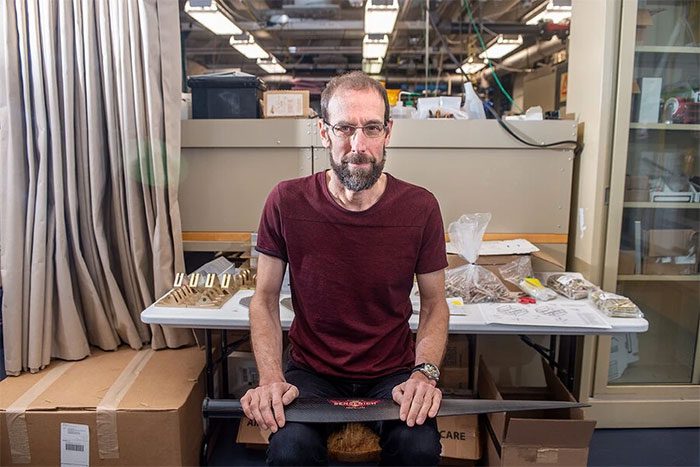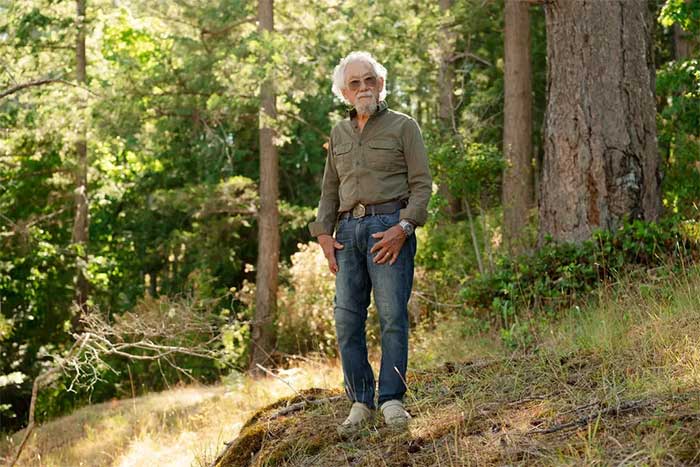In the face of climate change, scientists are considering a controversial solution: injecting pollutants into the stratosphere.
Dr. David Keith witnessed a volcanic eruption in the Philippines in 1991, which created a cloud of ash that rose into the stratosphere. The release of 17 million tons of sulfur dioxide (SO2) reflected some of the sun’s energy, causing average temperatures in the Northern Hemisphere to drop by about 1 degree Fahrenheit (approximately 0.56 degrees Celsius) in the following year.
Today, Dr. Keith cites this event as evidence for his lifelong passion. He believes that injecting SO2 into the stratosphere could mitigate global warming.
The “Crazy” Idea
Such groundbreaking interventions are gaining attention as the severity of climate change escalates. Global temperatures have reached record highs for 13 consecutive months, resulting in extreme weather, deadly heatwaves, and rising sea levels.
Scientists predict that temperatures will continue to rise for decades to come.
In this context, there is growing interest in plans to cool the Earth’s climate. Major corporations are operating massive facilities to capture CO2. Some researchers are conducting experiments to reflect solar radiation back into space.

Ash from Mount Pinatubo viewed from Clark Air Base in Luzon, Philippines in June 1991. (Photo: Alarmy).
However, among these initiatives, Stratospheric Solar Geoengineering (SSG) is the most controversial idea. SSG involves reflecting a portion of sunlight back into space by spraying reflective particles, typically SO2, into the stratosphere.
A Harvard SSG project has received funding from billionaire Bill Gates, the Alfred P. Sloan Foundation, and the William and Flora Hewlett Foundation. It is being researched by the Environmental Defense Fund in conjunction with the Global Climate Research Program.
In a series of interviews, Dr. Keith, a professor in the Department of Geophysical Sciences at the University of Chicago, has asserted the potential benefits of SSG.
“If this technique slows the warming of the planet by just 1 degree Celsius over the next century, it could help prevent millions of heat-related deaths each decade,” Dr. Keith stated.
He explained that by lowering global temperatures, solar geoengineering could help restore the planet to a pre-industrial state, recreating conditions before a significant amount of CO2 was pumped into the atmosphere and began warming the Earth.
“There are certainly risks. But there is a lot of evidence suggesting that the risks are small compared to the benefits,” Dr. Keith affirmed.
Unforeseen Risks
In 2023, the European Union called for a thorough analysis of the risks associated with SSG. Many scientists and environmental activists are concerned that it could lead to unforeseen disasters.
This technique could impact the entire world, disrupting natural systems, such as causing rain in arid regions while making other areas drier.
Many worry that intentionally releasing SO2—a pollutant—could irritate skin, eyes, nose, and throat, and may cause respiratory issues. They fear that once initiated, a solar geoengineering program would be hard to halt.

Dr. David Keith may also oversee a project observing the effects of ice, limestone, or sulfur released into the atmosphere. (Photo: Ann Hermes).
“The whole idea of spraying sulfur compounds to reflect sunlight is crazy. There are unpredictable consequences, and we don’t know what they will be,” environmental activist David Suzuki remarked.
Raymond Pierrehumbert, an atmospheric physicist at the University of Oxford, considers SSG a serious threat to human civilization.
“It’s not just a bad idea; even researching it will waste money and pose dangers,” Pierrehumbert stated.
Beyond all this, there are concerns that this technology could be weaponized, along with health risks since SO2 is harmful to humans.
Wave of Opposition
The project has faced intense opposition. In 2018, Dr. Keith planned a stratospheric geoengineering experiment called “Scopex.”
At that time, he intended to release a quantity of mineral dust at an altitude of about 20 km and monitor how the dust dispersed in the stratosphere.
Initially, the experiment was scheduled to take place in Arizona. However, when details of the plan were made public, a group of Indigenous people protested and issued a statement against SSG.

Canadian environmentalist David Suzuki. (Photo: Melissa Renwick/NYT).
In 2021, Harvard hired a Swedish space company to launch a balloon carrying equipment for the experiment. But before it could take place, local groups once again rose up in protest.
The Sami Council, an organization representing Indigenous peoples, stated that they view SSG as “completely contrary to the respect we, as Indigenous peoples, have been taught to show to nature.”
Within a few months, the experiment was canceled. Opponents argued that this could create a “moral hazard,” leading people to believe that it is unnecessary to reduce emissions.
“Basically, it’s as if we think we’re too smart to pay attention to the limits of nature. But we haven’t addressed the root cause of the problem, which is ourselves,” Suzuki said.
In 2023, after the Scopex experiment failed in Sweden, Dr. Keith announced he would leave Harvard after 13 years and bring his ambitions to the University of Chicago, where he will establish a new program on climate intervention measures, including solar geoengineering.
Billionaire Bill Gates, a major investor in climate technologies, remarked: “I don’t know if those things will ever be used. But I believe that studying and understanding them is meaningful.”


















































